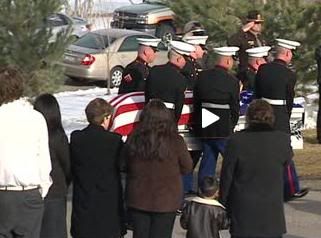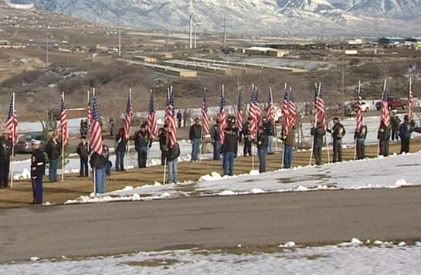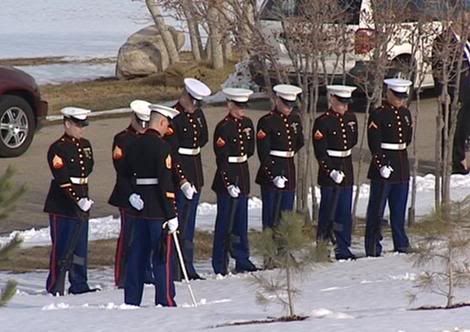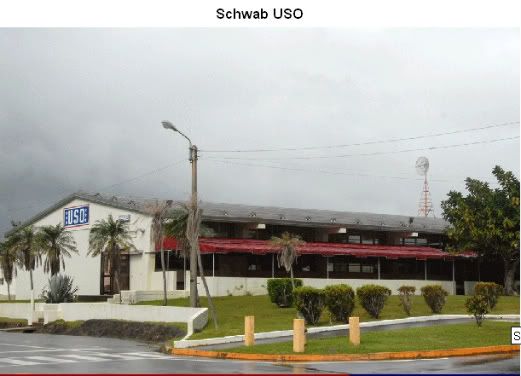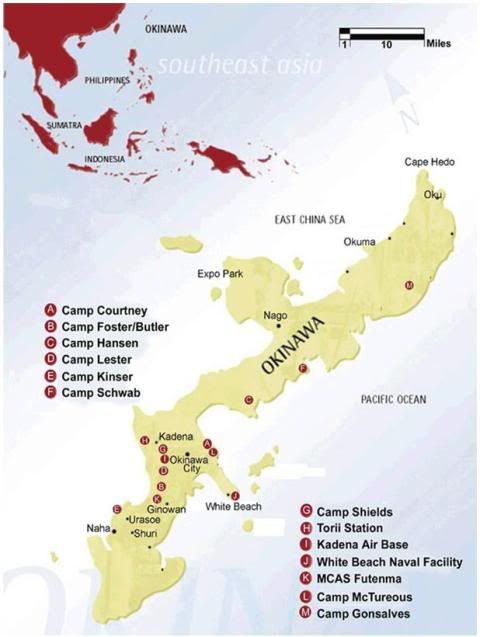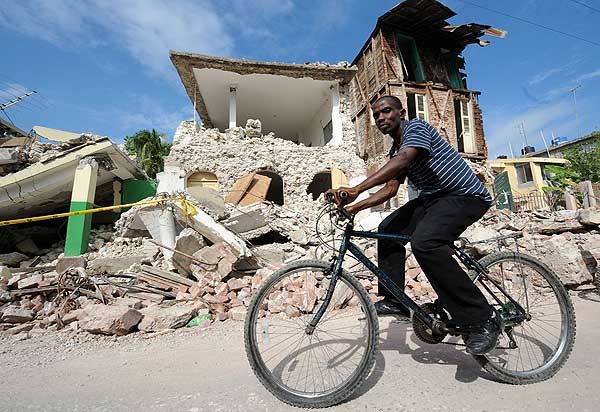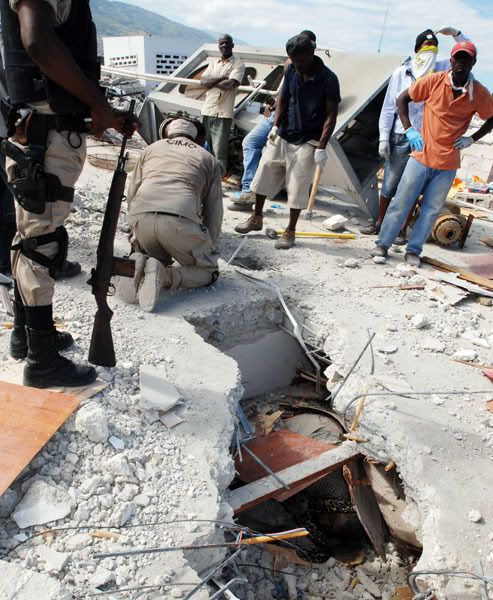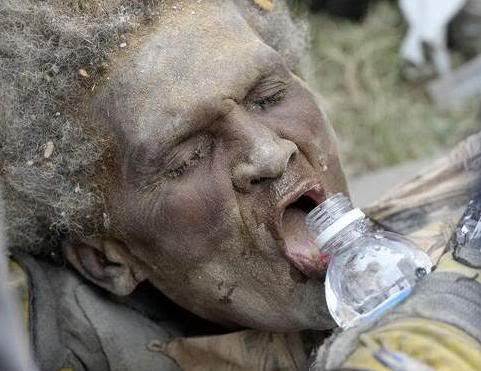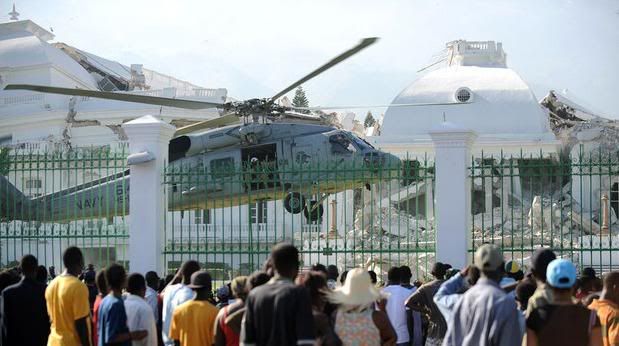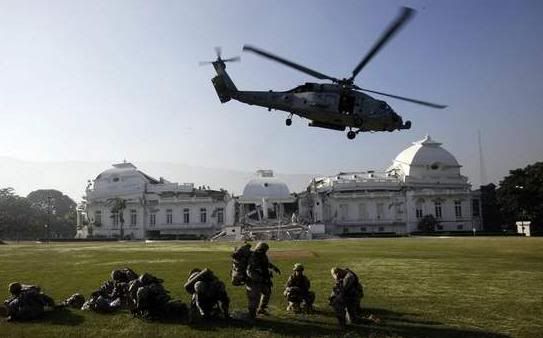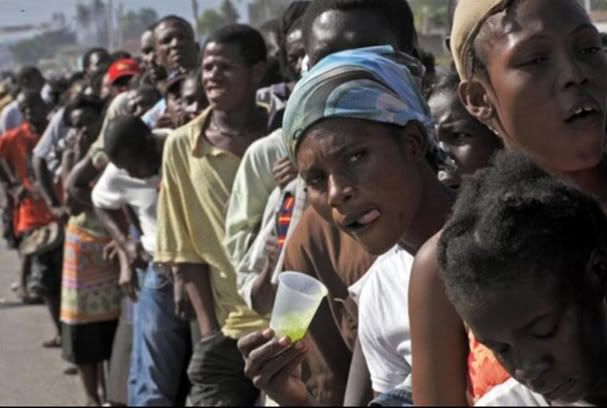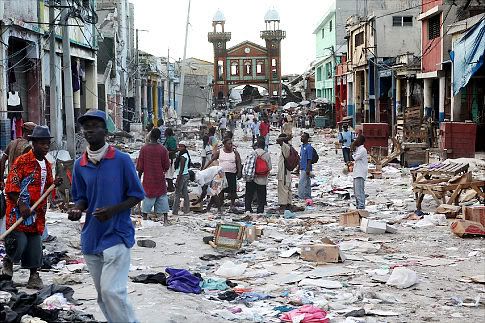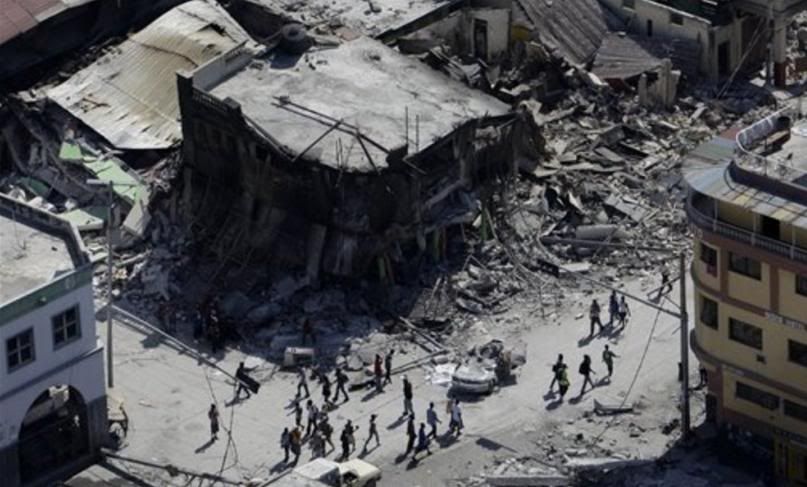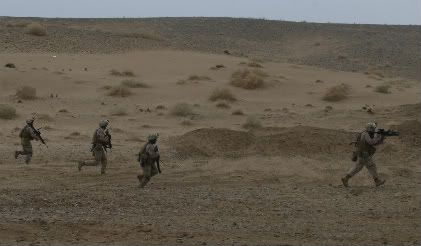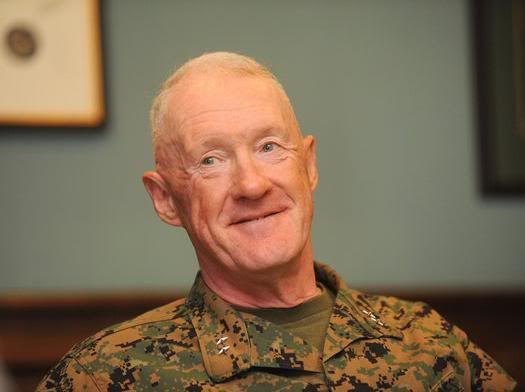(England) In yet another episode of how Western society turns a blind eye towards the bullying oppressive nature of radical Islam, today, 200 soldiers of the 1st Battalion of the Royal Anglian Regiment marched through the London Borough of Barking on their homecoming from a tour of Afghanistan. However, just like a parade through Luton last year, a bunch of Islamic idiots decided to hold a protest in which to express their displeasure over how British soldiers are willing to lay down their lives in which to protect the people of Afghanistan from gun totting religious bigots who, while professing to belonging to a religion of peace, have no problem hanging a 7-year-old boy because of their paranoia. The thing is, the very people using Western norms of free speech in which to express their displeasure at British soldiers are the very same people who protested at Western norms of free speech when it concerns pictures of their favourite paedophile.
Then, as today, the British police formed a protective cordon around these freedom of speech loving Islamists in which to protect them from the crowds of British people who had flocked to welcome the local regiment home, whom they had decided to piss off. Getting their wish, a gaggle of drinkers decided to pop into a local store, purchase a load of pork sausages and, mirroring the English at Agincourt, decided to fill the sky with arrows (pork ones at that). After softening them up with a frozen pork sausage barrage, a full frontal attack was launched on the sharia-loving idiots. The police, as per normal, stood their ground and formed a thin blue line between opposing belligerents and arrested 2 people.



The thing is, this whole incident is simply designed to inflame the local non-Islamic population into attacking those whom they presume are Muslims in which to fill the ranks of these West-hating idiots with disgruntled Muslims who have been attacked due to the actions of their so called peace loving brothers, and they get the police to protect them while they promulgate their message of hate.
If that wasn't bad enough, Esmerelda Weatherwax, one of the bloggers at the Iconoclast, took her camera down to the parade and managed to take a number of happy snaps of the so called protest. While there, she reported this disturbing incident:
A camera and microphone was shoved in my face from the Muslim against Crusader side of the barrier.
“What do you think of all this?”
“I think it’s appalling, and by the way who are you with” I asked?
"I’m with the BBC" he said “Making a documentary”.
“Well, it’s disgusting, that the Royal Anglians coming home are faced with this”
“What would you say if I told you that my brother (or Step brother) like me, is a convert and is demonstrating with the others".
“Then I feel very sorry for him and will pray that he turns back to Christ. I have nothing more to say”
Except I made him have his picture taken, as he had filmed me. There he is below, BBC documentary maker and fellow traveller.

Why am I not surprised how somebody claiming to be from the bBC is taking the side of radical Islam?

